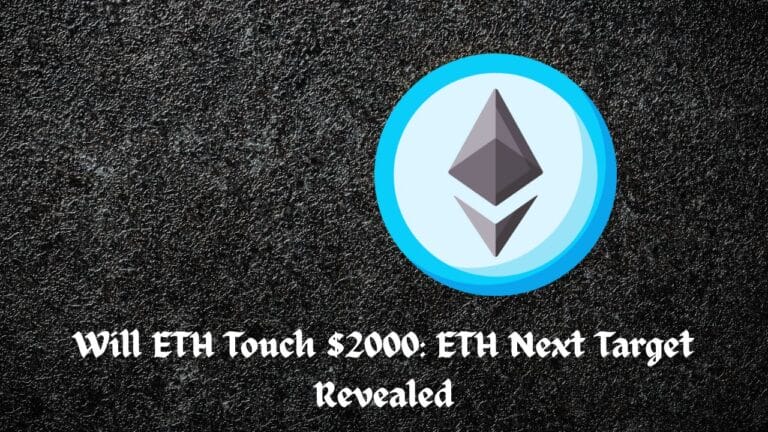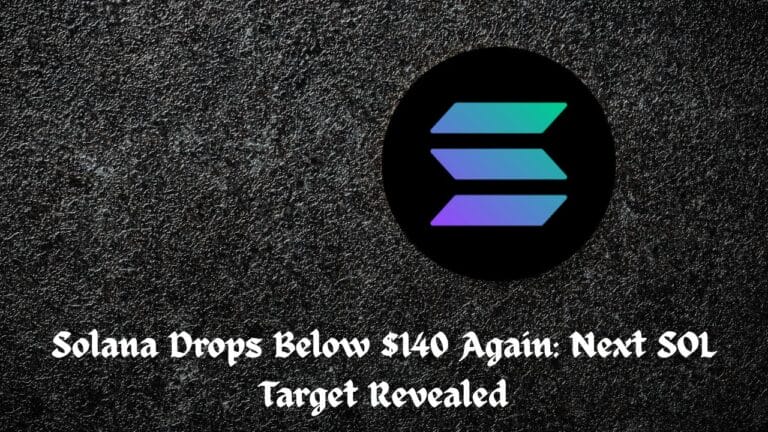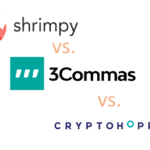Key Takeaways
- 59,000 Bitcoin of the total of 141,686 BTC, has been redistributed to Mt Gox creditors.
- According to a Glassnode report, Mt Gox creditors who chose to receive Bitcoin instead of fiat are largely retaining their assets
As of July 24, more than 41.5% of the Bitcoin owed to Mt. Gox creditors has been distributed. This totals about 59,000 BTC, worth nearly $4 billion. Despite this major distribution, many creditors are holding onto their coins rather than selling.
As per the latest Glassnode report , creditors who chose to receive Bitcoin instead of fiat are largely retaining their assets. The report states, “Creditors opted to receive BTC, rather than fiat, which was new in Japanese bankruptcy law… As such, it is relatively likely that only a subset of these distributed coins will be truly sold onto the market.”
As a significant number of Mt Gox that creditors are not rushing to sell, only a small portion of the distributed BTC is likely to be sold on the market.
Supporting this observation, data from cryptocurrency exchanges indicates minimal selling pressure. The spot cumulative volume delta (CVD), a metric that measures the net difference between spot buying and selling trade volume on centralized exchanges, shows no significant uptick on Kraken following the Mt. Gox BTC distribution.
“We can see a marginal uptick in sell-side pressure following the distribution. However, this remains well within typical day-to-day ranges,” the report notes.
The latest development also comes amid Kraken facing mounting criticism for rejecting BTC payouts to creditors involved in the Mt. Gox bankruptcy proceedings.
The lack of selling pressure is surprising given that Bitcoin’s price has increased over 8,500% since Mt. Gox’s collapse. The current distribution suggests a shift in investor behavior towards “hodling,” a term in the crypto community that stands for “holding on for dear life.”
Glassnode’s analysis highlights a broader trend in the market. The proportion of Bitcoin held by new investors has seen a significant decline, similar to behavior observed around macro market tops.
“This describes long-term investors spending and selling coins to satisfy new demand in the run-up to the $73k ATH. The rate of decline across these curves has slowed of late, suggesting a gradual return to HODLing dominant investor behavior,” the report states.
Currently, over 65.8% of the Bitcoin supply has been inactive for over a year, while over 54% has been inactive for over two years. Recently, Mt. Gox executed a series of Bitcoin transfers totalling around $5.52 billion.
After conducting preliminary test transactions, the exchange moved Bitcoin worth $2.85 billion to an undisclosed wallet. Subsequently, it transferred another $2.47 billion from a cold storage wallet to an unknown address, while also internally shifting a portion of its Bitcoin holdings between cold wallets.
Mt. Gox’s collapse in 2014 left approximately 127,000 creditors in financial limbo, with more than $9.4 billion worth of Bitcoin owed to them.










